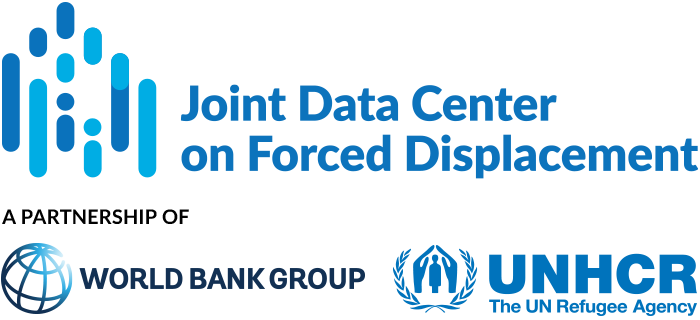JDC Literature Review
The JDC literature review contains summaries of recent publications and academic scholarship on issues relating to forced displacement.
Returning Home after Civil War: Food Security and Nutrition among Burundian Households
This paper investigates the food security and nutritional status of formerly displaced households (HHs) after return to Burundi, and tests whether it is the duration of displacement that matters for current welfare (divergence process) or the time lapsed since...
IDP resettlement and Collective Targeting during civil wars: Evidence from Colombia
This article explains why and how IDPs become endangered, even in civil wars that are not defined by an ethnic or sectarian cleavage. The author argues that armed groups are likely to target IDPs based on: Where IDPs are from and when they left. Territorial conquest...
Escaping to War: Where to Next? A Research Study on the Challenges of IDP Protection in Afghanistan
A record 653,000 Afghans were internally displaced during 2016, bringing the estimated number of internally displaced persons (IDPs) in Afghanistan to more than 1.5 million at the end of 2016. Many IDPs have been displaced multiple times. At the same time, the...
How Urban are IDPs and What Does that Mean for Their Economic Integration?
Given the economic challenges faced by IDPs in lower and middle-income countries (LMICs), and the wide-ranging consequences of these challenges, there is an emerging consensus that IDPs and refugees should be allowed to pursue self-reliance through local economic...
The Urban Displaced: Fleeing Criminal Violence in Latin American Cities
This paper examines forced displacement triggered by organized crime in Latin American cities, and seeks to answer the questions: Who flees? What triggers their flight? Where do displaced persons go and what are their experiences? The author describes broad trends in...
Ethnic Inequality and Forced Displacement
This paper examines how inequality and ethnicity relate to victimization in ethnic conflicts, by studying forced displacement in Kyrgyzstan in 2010. Ethnic resentments and socio-economic grievances between the two largest ethnic groups, Kyrgyz and Uzbeks, were major...
Painting the Full Picture: Persistent Data Gaps on Internal Displacement Associated with Violence in El Salvador, Guatemala and Honduras
Internal displacement in the Northern Triangle of Central America (NTCA) is a serious and growing issue. However there are no comprehensive and reliable data on internal displacement to properly understand the scale, triggers, drivers, patterns and impacts of the...
Impact of the Regulatory Environment on Refugees’ and Asylum Seekers’ Ability to Use Formal Remittance Channels
This report examines the impact of regulations and regulatory policies on a refugee’s ability to send and receive formal, cross-border remittances, drawing on seven country case studies (Denmark, Ethiopia, Germany, Jordan, Saudi Arabia, the United Kingdom, and the...
Missing Persons: Refugees Left Out and Left Behind in the Sustainable Development Goals
This paper examines how refugees are faring in relation to national populations in terms of progress towards the Sustainable Development Goals (SDGs). Key messages: Refugees are being “left behind”. Four out of five fragile and conflict-affected states are not on...
Everyday Justice for the Internally Displaced in a Context of Fragility: The Case of the Democratic Republic of Congo (DRC)
This article examines the justice concerns of IDPs and the extent to which their rights are violated, and considers the strategies they use to solve everyday disputes and claim their rights (with or without the support of formal and informal justice providers). The...


